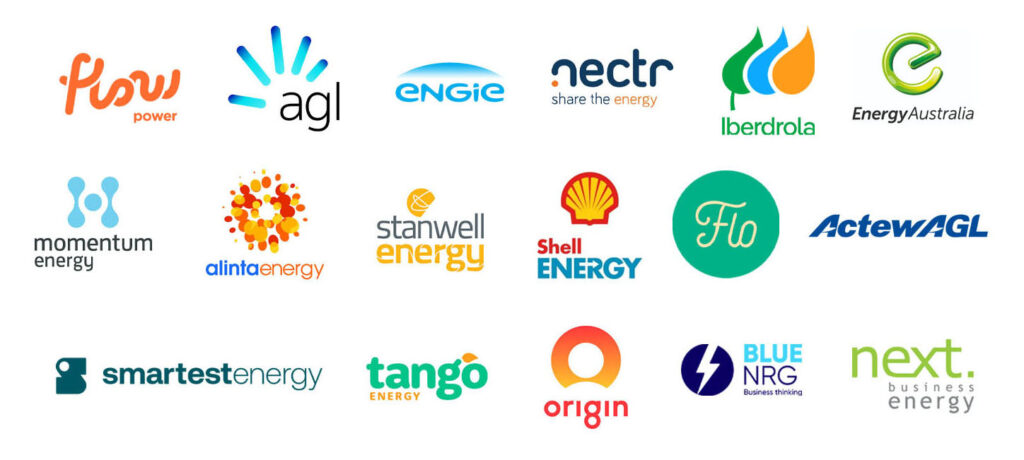The Queensland coal-fired Callide C power plant is now completely offline after the structural failure of a cooling plant put the 466 MW C3 Unit out of action until at least February 2023.
The C4 unit is scheduled to be offline until April 7th, 2023 after an explosion in 2021.
The power station’s 350 MW B2 unit also went offline on 1 November but resumed operations on 9 November.
The failure of the B2 unit was related to cable damage.
The structural failure of the cooling plant is the second major incident at the power plant in two years. Callide C4 exploded on 25 May 2021, tripping the rest of the units, and causing blackouts across Queensland.
Both B station units were returned to service in June 2021 and Unit C3 returned online in July 2021.
Callide C is a black coal power plant in Biloela, central Queensland consisting of two 350-megawatt (MW) generating units at Callide B (B1 and B2) and 466 MW and 420 MW generating units at Callide C (C3 and C4 respectively). It has a collective capacity of 1,525 MW.
CS Energy runs the Callide B units while Callide C is a 50:50 venture between CS Energy and InterGen.
Callide C is one of Australia’s newest coal power plants, commissioned in 2001. It is one of the country’s super-critical coal power stations, alongside Kogan Creek Power Station, and was designed with a lifespan running till 2050.
The Unit destroyed in the May 2021 explosion was expected to return to operations by December 2022, but only some parts have arrived in Australia from overseas.
It is expected to return to service in April 2023. The incident occurred on the same day that Victoria’s Loy Yang A finally returned to service after a false start on 25 October.
Callide C 3 expected to return to service in February 2023
CS Energy said that Unit C3 was taken offline as a precaution. The company advised the market that the unit is expected to return to service on 21 November 2022.
“Nobody was injured when the incident occurred and Unit C3 has been taken offline as a precaution, with restricted access to the area,” a spokesperson for CS Energy said.
The cooling plant for the C3 Unit is a long horizontal structure, about 15 metres high and is comprised of 36 cooling cells.
Two cells were damaged in the structural failure.
But in an update delivered on 4 November, CEO Andrew Bills said Callide C’s return to service had been pushed back to January 2023.
Mining Union says plants are being pushed to breaking point
Mining and Energy Union Queensland vice president Shane Brunker said it appeared that “too much water” was being pumped, which caused the cells to collapse.
He said he believed more water was being pumped because the unit was trying to produce more power to keep up with the demand caused by higher temperatures across the state.
“They’ve had to pump more water through to keep the systems cooler, and then the failure occurred,” Mr Brunker said.
“They keep pushing and pushing these units to breaking point,” he said.
“These units are an asset of Queenslanders and they need to be looked after, otherwise they’re either going to hurt someone or run them into the ground and Queensland will be out of coal-fired power generation earlier than what they’re expecting under the new [energy] plan,” he said.
Concerns about grid stability raised
The unplanned outage of Callide C has led to concerns being raised about Queensland’s grid stability, given that summer is around the corner and La Nina could reduce the amount of solar PV generation.
Most of Queensland’s major generators were operating at reduced capacity last week, with the Kogan Creek plant off-line and the Tarong power station overhauling one of its units.
Queensland Energy Minister Mick de Brenni played down the concerns.
“The Queensland power system remains secure, and supply currently exceeds available demand,” he said.
Callide reliability “not good enough”
CS Energy chief executive Andrew Bills admitted that reliability at the Callide power station was “not good enough”.
“Our immediate focus is to work methodically and safely to restore these units to service as quickly as possible,” he said.
“The unavailability of our generating units is the result of a number of concurrent yet distinct issues.”
The return to service dates could be subject to change.
The Callide B units are owned and operated by CS Energy, while the two Callide C units are a 50:50 joint venture with InterGen Australia.
Do you want to keep up with the latest energy news?
If you want to be updated with all the latest energy sector news, you can sign up for our newsletter or visit our blog section.
Leading Edge Energy is an energy brokerage firm in Australia that specialises in energy cost reduction, solar and storage procurement, electricity and natural gas-use monitoring and reporting for commercial and industrial clients. Follow us on LinkedIn, Facebook or Instagram.
Find the best opportunities for saving energy costs and managing consumption straight from the experts. Request a business energy plan comparison today!
We source, analyse, compare and rank commercial, industrial and multisite energy quotes. Obligation Free.
Chat with one of our experienced consultants today and get the insights your business needs to help manage the risks associated with volatile electricity and natural gas markets. Our energy procurement service is obligation-free and provides a time-saving way of securing lower energy rates from our panel of energy retailers.







